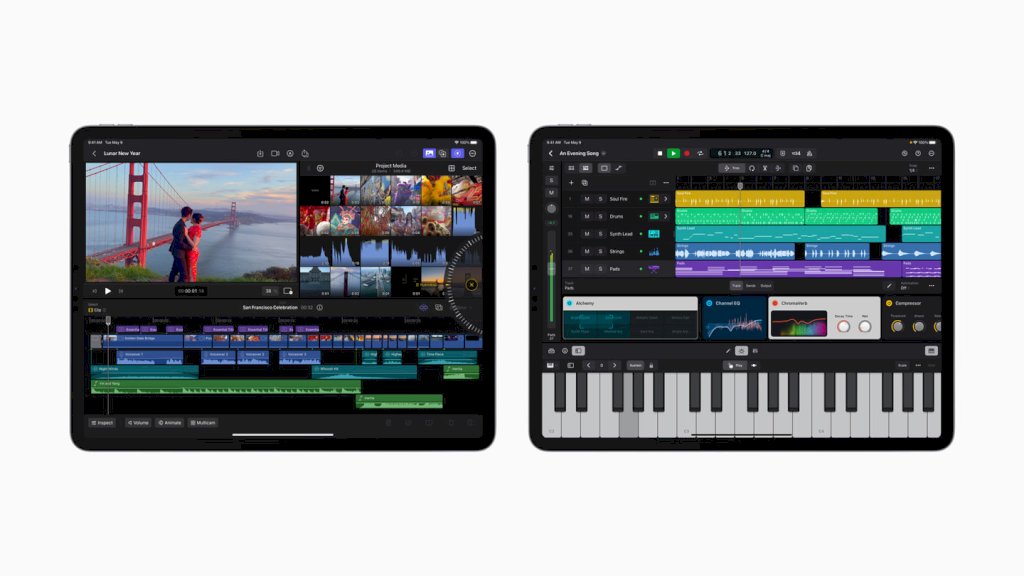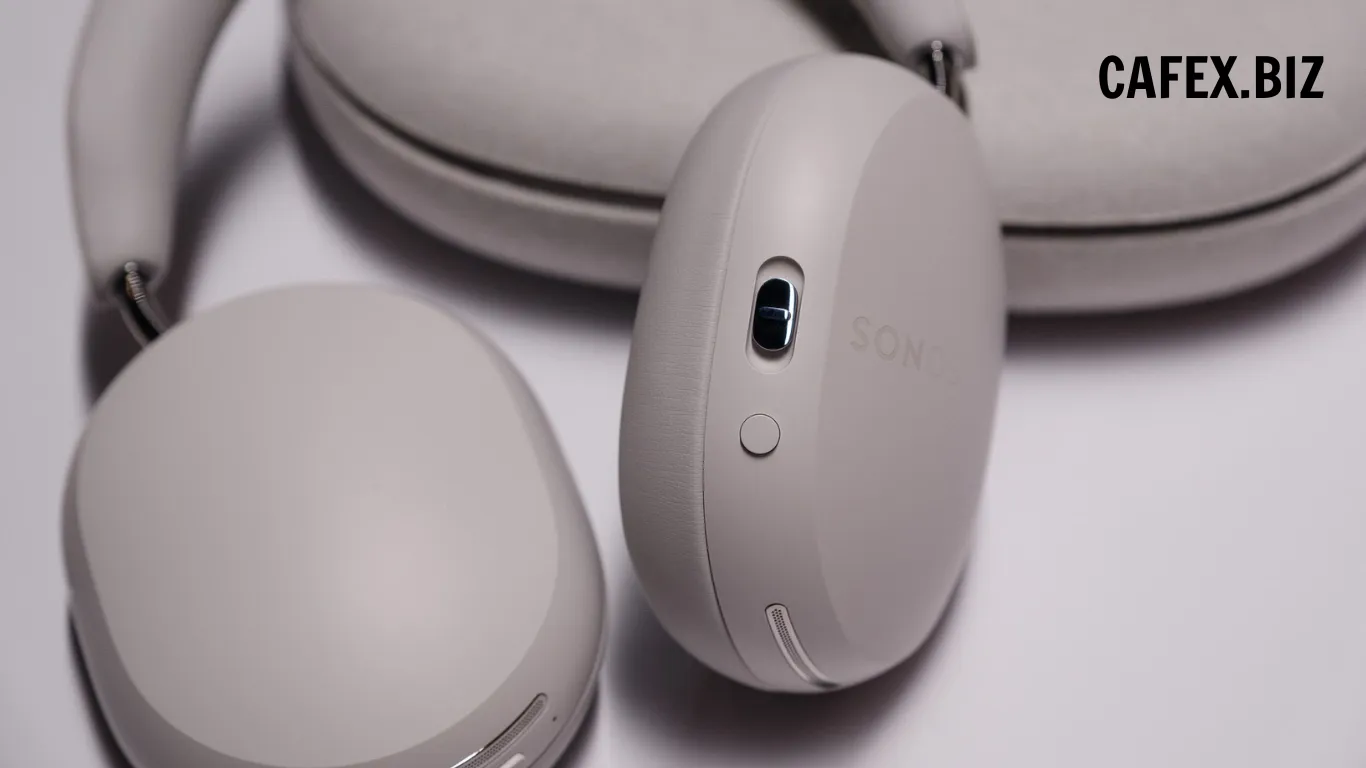The recent addition of face touch-up filters for desktop users in Google Meet’s update has marked a significant advancement in the field of virtual communication. In an era where video conferencing has become a staple in both professional and personal interactions, the demand for features that help users present themselves in the best possible light has surged. Google’s introduction of these filters is a response to this growing need, aiming to provide a more polished and professional appearance for its users.
The face touch-up filters are designed to subtly enhance the user’s appearance without creating an artificial or heavily edited look. This is achieved through two types of filters: subtle and smoothing. The subtle filter is intended to provide a light retouch, focusing on brightening the under-eye area and whitening the eyes to give a more refreshed and alert appearance. On the other hand, the smoothing filter offers a more pronounced effect, reducing the visibility of imperfections and providing an overall smoother complexion.
One of the key aspects of these filters is their ease of use. Users can access the filters through the ‘Apply visual effects’ setting within Google Meet. Once there, they can navigate to the ‘Appearance’ section and toggle the ‘Portrait touch-up’ feature on or off, depending on their preference. This user-friendly approach ensures that all users, regardless of their technical expertise, can take advantage of the new feature.
-1710725106.jpg)
The rollout of the face touch-up filters began on March 15, 2024, and is initially available to paid subscribers of various Google Workspace plans, Google One, and Google Workspace Individual subscribers. This strategic move by Google not only enhances the value proposition of its paid plans but also positions Google Meet as a competitive player in the video conferencing market, which includes platforms like Zoom and Microsoft Teams that have already introduced similar features.
The introduction of these filters also raises important questions about the nature of virtual communication and the expectations it sets for personal appearance. While the filters provide a means to improve one’s on-screen appearance, they also reflect the societal pressure to maintain a certain standard of presentation, even in virtual settings. This can lead to a discussion about the implications of such features on self-perception and the authenticity of online interactions.
Furthermore, Google’s commitment to user privacy and data security is evident in the implementation of these filters. The company assures that all facial data is processed in real-time and is not stored on any device or server. This approach aligns with Google’s broader privacy policies and reinforces the trust users place in the platform.
The face touch-up filters are just one example of how technology is evolving to meet the changing needs of users in a digital-first world. As remote work and virtual meetings continue to be prevalent, tools that enhance the quality and experience of these interactions will become increasingly important. Google Meet’s update is a testament to the company’s dedication to innovation and user satisfaction.
Google Meet’s face touch-up filters for desktop users represent a thoughtful addition to the platform’s suite of features. They cater to the growing demand for tools that enhance virtual presence and provide a more professional appearance in video calls. As the landscape of virtual communication continues to evolve, it will be interesting to see how such features shape user experiences and expectations. Google’s focus on ease of use, privacy, and data security with these filters sets a standard for others in the industry to follow, ensuring that users can look their best while maintaining confidence in the privacy of their interactions.
-1710725062.jpg)



